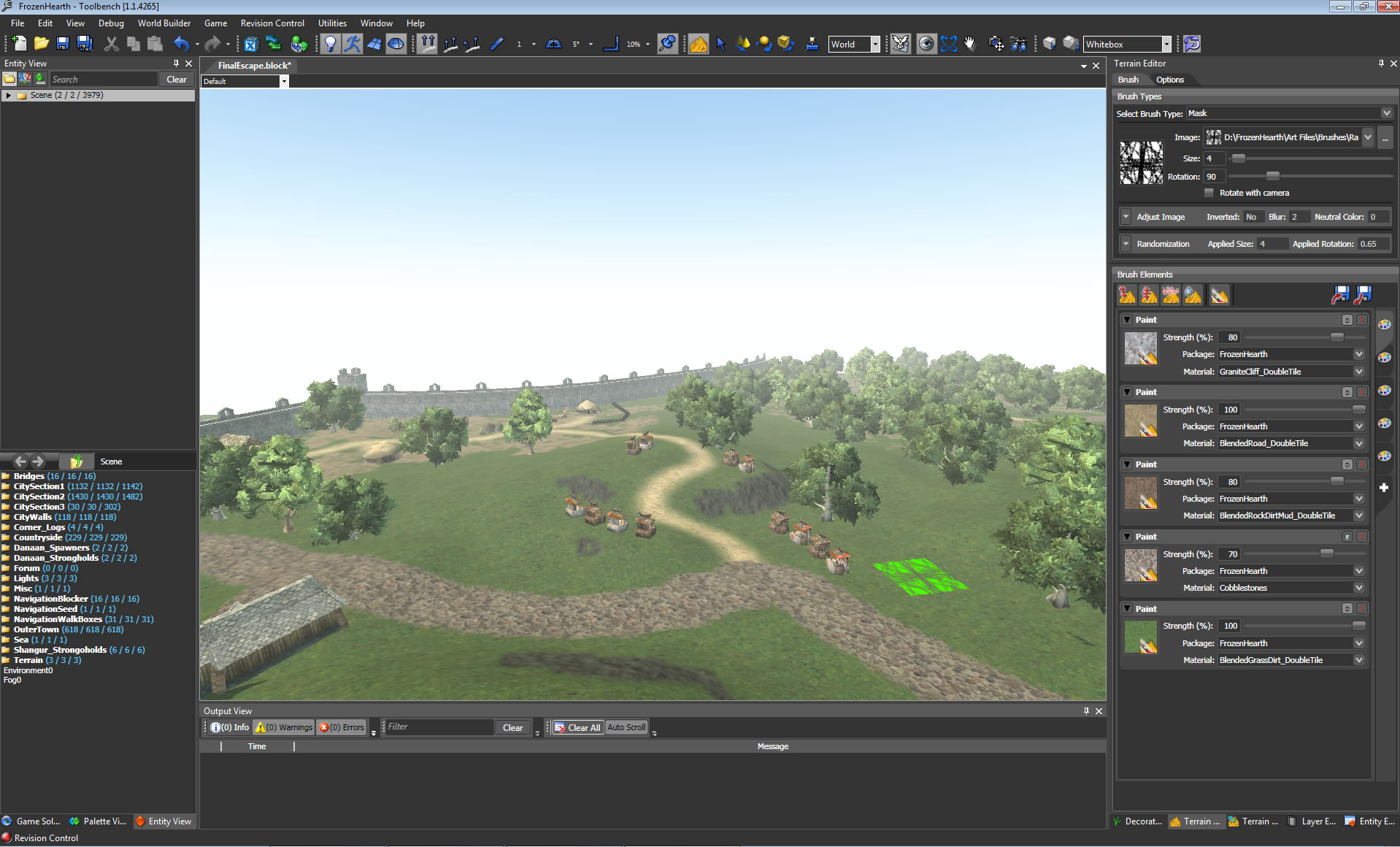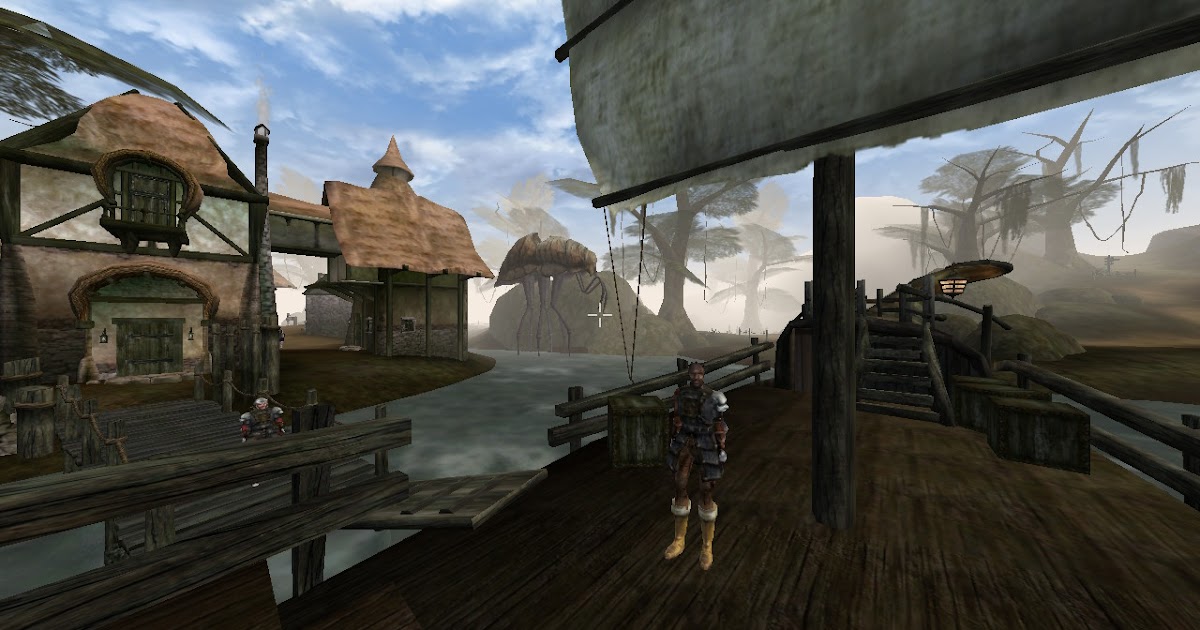

#Gamebryo engine code
These days ALL games are based on existing code of some sort, so all games are based in one way or another on "middleware". It lets you go right to what matters, without spending years to code everything from zero. So why game companies use middleware very often? Because it's the fastest, least expensive way to make a game. Not only you had Gamebryo, but also SpeedTree for vegetation, and the face middleware that produced that HORROR that was the faces. Gamebryo in particular was bad because of very bad memory management, and because Oblivion was layered with terrible middleware on top of each other. Some people will say that the scope of the games do not lend themselves to such an involved engine. The guns felt so good in wolfenstein, why can't that feeling be replicated with magic/swords? I want something with the engine of wolfenstein, but for first person magic/melee. It just doesn't feel visceral or affective. I don't believe anyone that tells me the combat is good in these games. It is very clear this engine is limiting. The minute I took control of my character, I knew, it was just an uprezzed oblivion. I told myself that it was going to be something new and fresh, or that the changes they made changes the jank. I was very excited for Skyrim, only to find out that it was on the gambryo engine. What we need to talk about: how much it sucks/how limiting it is, and how badly Bethesda need to use a new engine for the next installment of Elder Scrolls/Fallout. My experience with it started with Morrowwind and continued to Oblivion and Skyrim. Gamebryo 4.0 is the newest version of the engine, designed to merge the original Gamebryo system with its LightSpeed spin-off.If you don't know what it is, it is the game engine Bethesda has used for (what seems like) all of the modern 3d polygonal elder scrolls games.
#Gamebryo engine windows
The Gamebryo engine currently supports several deployment platforms including Microsoft Windows (DirectX 6, 7, 8, 9, 10 and 11), Linux/Mac OS X (OpenGL), Nintendo GameCube, Wii/WiiWare, PlayStation, PlayStation 2, PlayStation Portable, PlayStation 3, PlayStation 4/PSN, Xbox, Xbox 360/XBLA, and Xbox One. Gamebryo's design emphasises a rapid prototyping approach aimed at an iterative development process. Game developers can combine and extend the libraries to modify the engine for a particular game.

The Gamebryo system is a suite of modular C++ libraries. The newest version, Gamebryo 4.0, was introduced in March 2012. Gamebase USA is based in the Research Triangle Park region of North Carolina and is focused on continual development of the Gamebryo game engine. In December 2010, Korea-based Gamebase Co., Ltd., a longtime partner of Emergent, finalized the acquisition of Emergent assets and technology, and established a newly capitalized U.S. On 11 November 2010, assets of Emergent Game Technologies, Inc., were offered for acquisition, including its intellectual Property (IP), in whole or in part. During 2009 the development staff of Gamebryo was downsized, and by July 2010 the engineering office in Chapel Hill, North Carolina was closed. Both Gamebryo and LightSpeed were updated and marketed. Gamebryo then evolved to Gamebryo LightSpeed. NDL was merged into Emergent Game Technologies (EGT) in 2004. Gamebryo was originally created by Numerical Design Limited (NDL) as the Gamebryo engine in 1991.


 0 kommentar(er)
0 kommentar(er)
